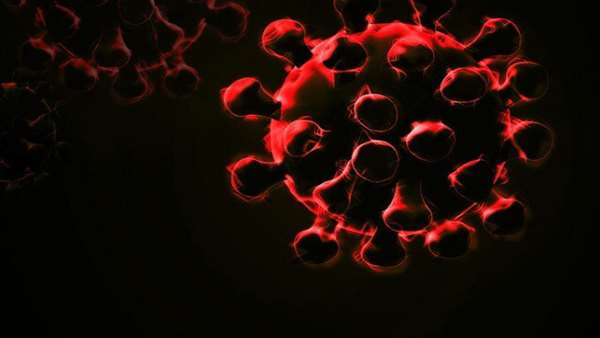Researchers cultivate mini lungs for SARS-CoV-2 research
A Bochum-based team intends to use organoids from stem cells to study the progression of SARS-CoV-2 infection and to identify antiviral substances.
A Bochum-based team intends to use organoids from stem cells to study the progression of SARS-CoV-2 infection and to identify antiviral substances.
In order to study the details of the infection with the novel corona virus SARS-Cov-2 under the most natural conditions, a research team at Ruhr-Universität Bochum (RUB) is growing human lung organoids from stem cells. This method also enables them to carry out tests with various active substances in a high-throughput screening. The project "Analysis of SARS-Cov-2 infected human lung organoids", Organsars for short, is headed by associate professor Dr. Thorsten Müller und Professor Stephanie Pfänder and will be funded by the Federal Ministry of Education and Research for one and a half years from 1 June 2020.
Investigating complex interactions of different cell types
Similar to an embryo, organoids grow from induced pluripotent stem cells. They have several advantages over previously used animal models and cell cultures based on human lung tissue from biopsies: they are derived from human cells, can be produced in large quantities and all have the same genetic background. "As a result, there are no differences between them, such as would be caused by different donors," explains Thorsten Müller, head of the Cell Signalling research group at the Chair of Molecular Biochemistry of the RUB and Groupleader at the Institute of Psychiatric Phenomics and Genomics of LMU University Hospital.
Accordingly, the organoids constitute a reliable 3-D model that also enables the researchers to study complex interactions between different cell types of lung tissue. "The objective of our project is to optimise this model towards a high-throughput method with low variability in order to study SARS-Cov-2 infections," says Müller. The team is interested in the replication of the virus as well as in the development of COVID-19, the inflammatory mechanisms and the release of immune messenger substances in the lung tissue.
Viruses glow green under the microscope
In addition, the team will analyse how infection rates behave when antiviral substances such as Remdesivir, Camostat and Chloroquine are administered. A library of new substances will also be tested. "We will use a reporter SARS-Cov-2 virus for these experiments, in whose genome a sequence for the green fluorescent protein has been integrated," explains Professor Stephanie Pfänder from the Department of Molecular and Medical Virology at RUB.
She has recently been involved in the production of the first molecular SARS-Cov-2 clone. This system enables researchers to manipulate the genome of the virus and to insert reporter genes. "Using high-resolution microscopy, we will study the interactions between virus and organoid and the mechanisms of infection," concludes Pfänder. Using this method, the researchers are hoping to find a suitable antiviral agent.
Reference:https://medicalxpress.com/news/2020-05-cultivate-mini-lungs-sars-cov-.html




ارسال به دوستان